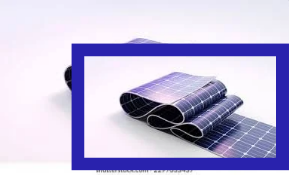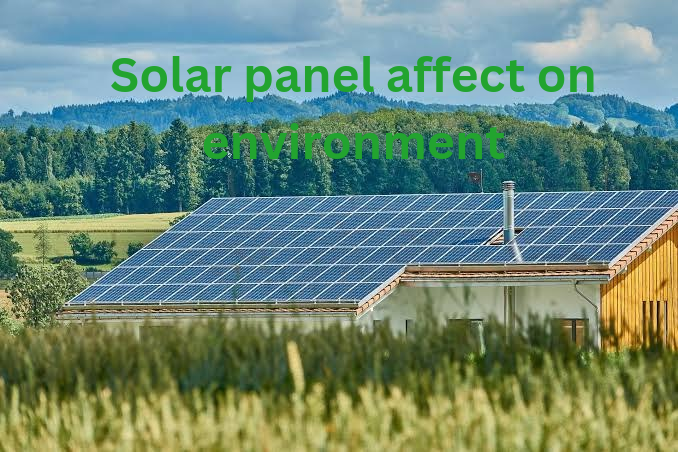Outdoor solar lights for winter season
Solar lights that work in winter are at best price for sale in Pakistan.
Let’s discuss them in detail
I. Introduction
Outdoor solar lights serve as a practical solution for illuminating paths, gardens, and yards during the winter months. While they are commonly used in warmer seasons, their functionality can be challenged by cold temperatures, shorter daylight hours, and inclement weather. Understanding how to select solar lights that perform well in winter is essential for maintaining safety and aesthetic appeal around homes.
In winter, the angle of sunlight changes, reducing the amount of solar energy available to power lights. Additionally, snow accumulation can obstruct solar panels and decrease their efficiency. Consequently, homeowners must consider specific features that enable solar lights to operate effectively despite these challenges. The right solar lights can not only enhance visibility but also improve security and create a welcoming atmosphere during long winter nights.
This guide outlines the key features to look for in winter-resilient solar lights, the types available, installation tips, maintenance considerations, and additional resources to help you make informed decisions for outdoor lighting in winter.
II. Key Features of Winter-Resilient Solar Lights
When selecting solar lights for winter, several key features are crucial for ensuring performance and durability.
- Temperature Tolerance: Look for lights constructed from materials designed to endure low temperatures. Many solar lights specify their operating temperature ranges, which is important to check. Lights that can function in sub-zero temperatures are preferable, as they are built to resist the adverse effects of frost and freezing.
- Efficient Solar Panels: High-efficiency solar panels are vital for capturing sunlight effectively, especially in winter when days are shorter. Solar lights with larger or high-output panels can absorb more sunlight, compensating for lower light levels. Additionally, consider panels with advanced technology that enables them to function even in overcast conditions.
- Battery Performance: The type of battery used in solar lights greatly influences their performance in winter. Lithium-ion batteries tend to perform better in colder conditions compared to traditional lead-acid batteries. Look for lights that feature batteries with a longer lifespan and better cold-weather performance to ensure they remain functional throughout the winter months.
- Durability and Weather Resistance: Select lights that are waterproof and rust-proof to withstand harsh winter elements. An impact-resistant design can also protect against damage from falling snow or ice. Materials like stainless steel, durable plastics, and tempered glass are often more resilient in these conditions.
- Smart Technology: Features such as motion sensors and adjustable brightness can enhance the functionality of solar lights in winter. Lights that automatically adjust their brightness based on ambient light conditions can extend battery life and improve visibility when needed most. Timers can also help manage power usage effectively.
By focusing on these key features, homeowners can ensure that their outdoor solar lights remain reliable and efficient throughout the winter season.
III. Types of Solar Lights Suitable for Winter
Various types of solar lights are well-suited for winter use, each serving different purposes and offering unique advantages.
- Pathway Lights: These lights are designed to illuminate walkways and driveways, improving safety and visibility. Look for low-profile designs that can withstand snow coverage without being buried. Models with adjustable heights can also ensure that the light remains effective even with snow accumulation.
- Flood Lights: Flood lights provide broad coverage and can illuminate large outdoor areas, such as yards or parking spaces. These lights often come with adjustable angles, allowing users to direct light where it’s needed most. When choosing flood lights, ensure they have high lumen output for effective illumination during dark winter nights.
- String Lights: Perfect for adding a festive touch during the winter holidays, outdoor string lights are durable options for decorating patios, trees, or railings. Look for weather-resistant string lights that are designed to handle snow and ice, ensuring they remain functional and attractive throughout the season.
- Wall-Mounted Lights: These lights are ideal for entrances, garages, or patios. They offer flexibility in placement and can be strategically positioned to provide illumination where it’s most needed. Ensure that these lights are designed for outdoor use and can resist winter weather conditions.
By selecting the right type of solar light for specific needs, homeowners can enhance the aesthetic and functional qualities of their outdoor spaces, even in winter.
IV. Installation Tips
Proper installation of solar lights is crucial for maximizing their effectiveness during winter. Here are some essential tips:
- Optimal Placement: Position solar lights in areas that receive maximum sunlight exposure throughout the day. South-facing locations are typically the best, as they capture the most light. Avoid placing them in shaded areas created by trees, buildings, or other obstacles.
- Adjusting Angles: Many solar lights allow for angle adjustments. Tilting the panels towards the sun can enhance energy capture, especially in winter when the sun is lower in the sky. Ensure that the panels are not obstructed by snow or ice, which can accumulate over time.
- Clearance from Snow: When installing pathway or ground lights, make sure they are placed at a height that prevents snow from covering them. Consider the expected snowfall in your area and adjust the installation height accordingly to maintain visibility.
- Secure Installation: Ensure that lights are securely fastened to prevent them from being knocked over by wind or falling debris. Use sturdy stakes for ground lights, and ensure wall-mounted lights are properly anchored.
By following these installation tips, homeowners can enhance the performance of their solar lights and ensure they remain functional throughout the winter season.
V. Maintenance Considerations
Maintaining outdoor solar lights is essential for ensuring their longevity and efficiency, especially in winter. Here are some key maintenance tips:
- Regular Cleaning of Solar Panels: Snow, dirt, and debris can accumulate on solar panels, blocking sunlight and reducing charging efficiency. Periodically clean the panels with a soft cloth and water to remove any buildup. Ensure that the lights are turned off during cleaning to avoid damage.
- Checking Battery Health: Over time, batteries can lose their capacity, especially in extreme temperatures. Regularly check the performance of the batteries and replace them if you notice a significant decrease in runtime or brightness.
- Preparing Lights for Extreme Weather: Before severe winter weather, inspect the lights to ensure they are secure and functioning correctly. Consider bringing more delicate models indoors during harsh storms to prevent damage from heavy snowfall or ice.
- Inspecting Wiring and Components: Periodically inspect the wiring and other components for signs of wear or damage. Replace any damaged parts immediately to prevent further issues.
By staying proactive with maintenance, homeowners can ensure that their solar lights remain bright and functional throughout the winter months.
VI. Conclusion
In conclusion, outdoor solar lights can effectively enhance visibility and safety during winter, provided that the right features and types are selected. By understanding the unique challenges presented by winter conditions, homeowners can choose solar lights that offer durability, efficiency, and functionality.
Key features such as temperature tolerance, efficient solar panels, and robust battery performance are crucial for reliable winter operation. Various types of solar lights, including pathway lights, flood lights, string lights, and wall-mounted options, cater to different needs and preferences.
Proper installation and maintenance are vital for ensuring the longevity and effectiveness of solar lights. By following the outlined tips, homeowners can create beautifully illuminated outdoor spaces that remain inviting and safe throughout the winter season. With the right approach, solar lighting can be both an aesthetic enhancement and a practical solution for winter outdoor illumination.
VII. Additional Resources
For those looking to dive deeper into winter-ready solar lighting solutions, several resources can help guide decisions:
- Product Reviews and Comparisons: Websites that specialize in outdoor lighting often provide reviews and comparisons of various solar lights, highlighting their features, pros, and cons. These can help consumers make informed choices based on performance in winter conditions.
- Installation Guides: Many manufacturers offer detailed installation guides and videos, which can be invaluable for proper setup. These resources often include tips specific to winter conditions, ensuring optimal performance.
- Maintenance Tips: Resources that focus on outdoor home maintenance can provide additional insights into caring for solar lights throughout the seasons, including winter.
- Online Forums and Communities: Engaging with online communities or forums dedicated to home improvement can provide personal experiences and tips from fellow homeowners. Sharing insights and solutions can be especially helpful for troubleshooting issues specific to winter use.
By utilizing these resources, homeowners can enhance their knowledge and ensure their outdoor solar lighting remains functional and effective throughout the winter months.

